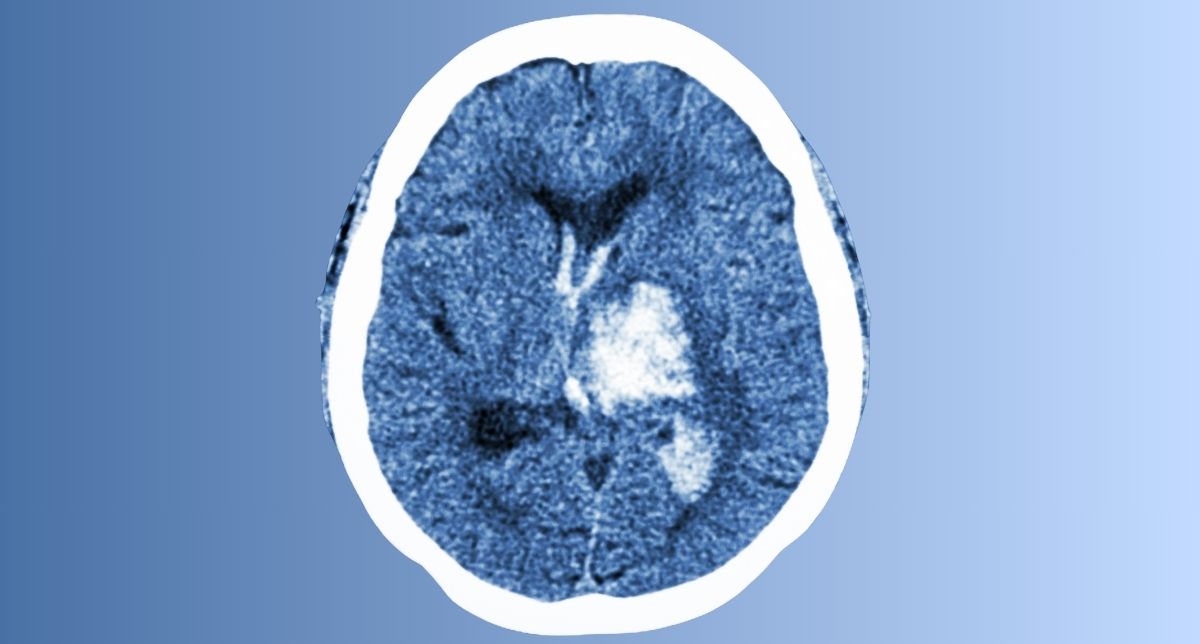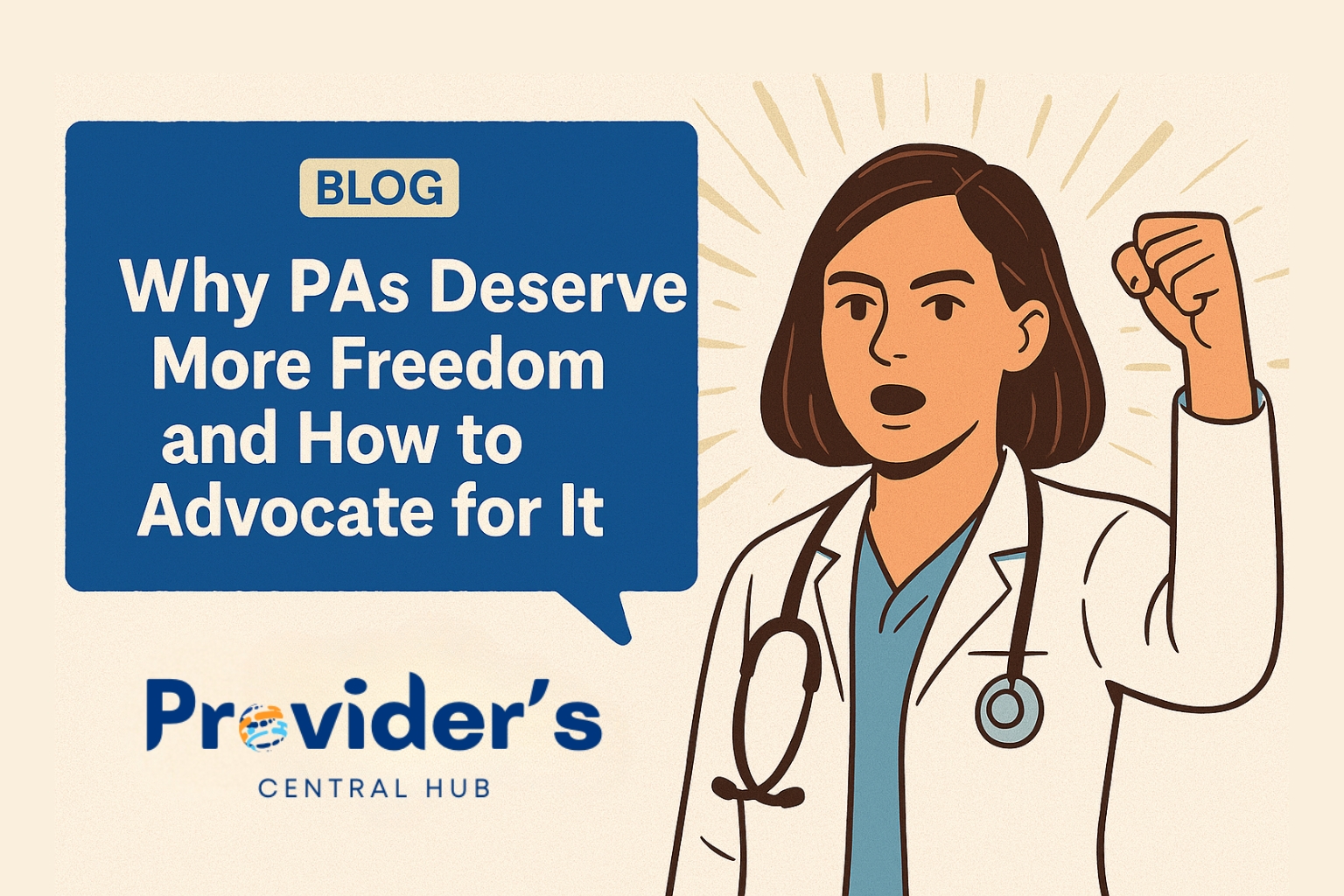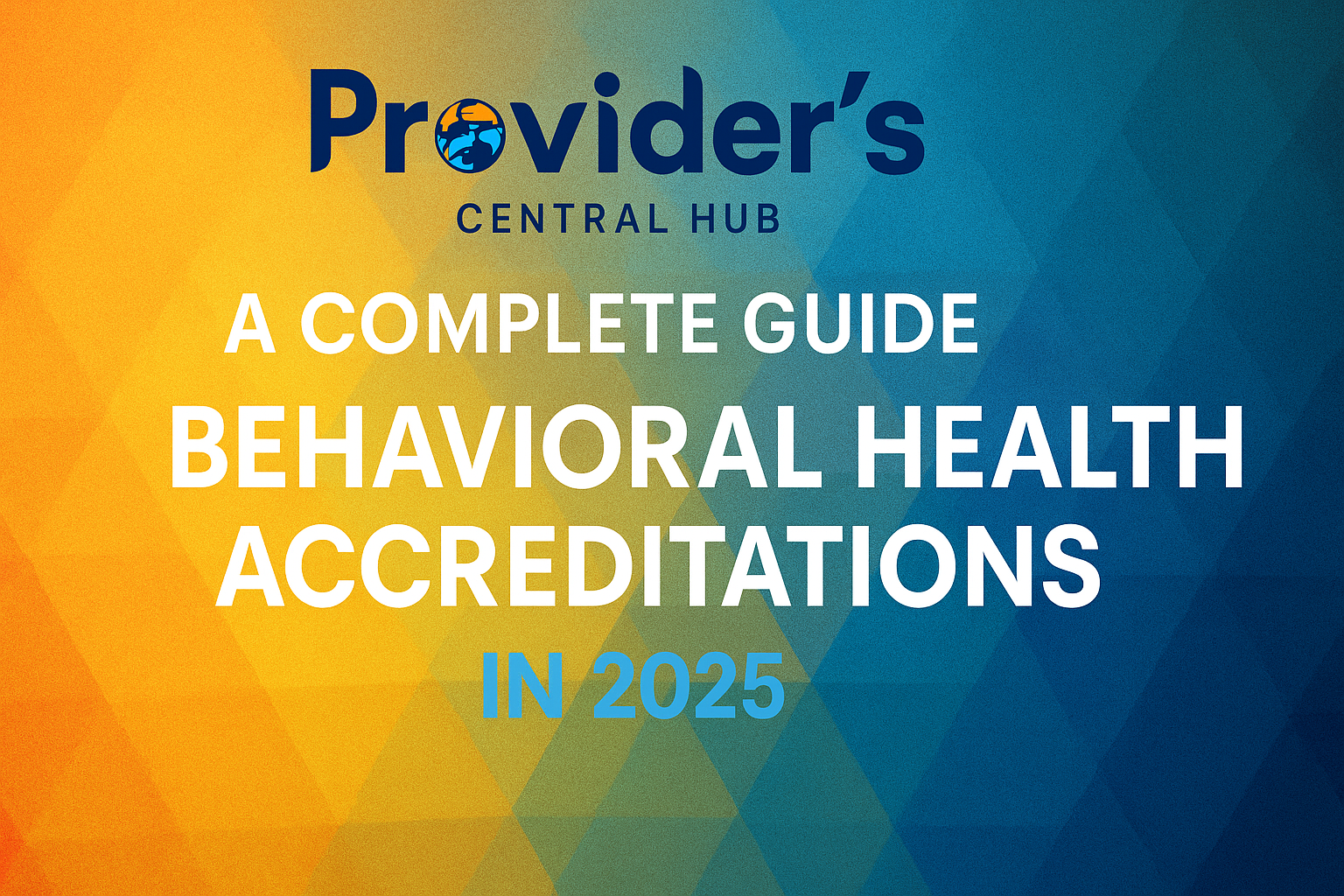Introduction
Hemorrhagic strokes are less common than ischemic strokes but occur in about 13% of all strokes and are highly dangerous. These occur when an artery in the brain ruptures, causing bleeding in or around the brain tissue. Given the severity of hemorrhagic strokes, assessment and management should be done as promptly as possible to help a patient survive with quality of life. The article mainly focuses on hemorrhagic stroke: causes, and an all-inclusive treatment protocol that involves measures to minimise mortality and maximise recovery.
What Is a Hemorrhagic Stroke?
A hemorrhagic stroke describes bleeding in the brain occurring when an intracranial vessel is ruptured, leading to a consequent increase in intracranial pressure and thereby reducing blood supply to a part of the brain. There are two major subtypes of this bleed.
⦁ Intracerebral Hemorrhage (ICH): Bleed directly into the substance of the brain. The potential causes of such bleeds include high blood pressure and arteriovenous malformations. More occasionally, anticoagulants are to be credited.
⦁ Subarachnoid Hemorrhage (SAH): Bleeding into the space surrounding the brain, usually due to a ruptured aneurysm.
Both can lead to severe damage to the brain, necessitating immediate and aggressive medical treatment.
Causes and Risk Factors of Hemorrhagic Stroke
Some of the most common causes are:
⦁ High Blood Pressure (Hypertension): The most common cause of hemorrhagic stroke, especially intracerebral hemorrhage.
⦁ Aneurysms and Arteriovenous Malformations (AVMs): Malformations in blood vessels make them prone to weakening and rupturing.
⦁ Traumatic Brain Injury: Most common among young people.
⦁ Anticoagulants: Warfarin or other blood-thinning drugs.
⦁ Substance Abuse: Drugs such as cocaine can increase blood pressure and lead to bleeding.
⦁ Genetic Defects: Conditions like hemophilia or sickle cell disease make a person more susceptible to stroke.
Emergency and Initial Assessment
Time in the management of a hemorrhagic stroke is of significant importance. The initial evaluation includes:
⦁ Physical Examination: Rapid assessment using the GCS to determine the person’s level of consciousness
⦁ Imaging Tests: A CT is the most preferred radiological test to identify the location and extent of bleeding involved. For better visualization, MRI can also be added.
⦁ Control of Elevated Blood Pressure: This is done aggressively, particularly because bleeding typically exacerbates high blood pressure. Patients are treated frequently with drugs like labetalol or nicardipine.
⦁ Laboratory Tests: Testing of the blood for proper clotting, complete cell count, and electrolyte level.
Treatment Regimen of Hemorrhagic Stroke
The treatment regime of hemorrhagic stroke also involves multiple steps which all depend on the individual cases. This is what’s involved.
A. Patient Stabilization:
⦁ Airway Management: Ensure an open airway and appropriate oxygenation, if the patient is at a low level of consciousness.
⦁ Intravenous Access and Fluids: Obtain IV lines for giving appropriate medications and fluids.
⦁ Blood Pressure Control: The aim to reduce systolic blood pressure is generally <140-160 mm Hg in acute scenarios. It is controlled through antihypertensive medications.
⦁ Seizure Control: It is controlled through the administration of antiepileptic drugs if seizures occur.
B. Surgical Intervention:
⦁ Craniotomy: In a situation where there is a big hematoma, surgical removal becomes necessary to relieve intracranial pressure.
⦁ Endovascular Coiling: Aneurysms are treated endovascularly, and for this presentation, a coil is left in the aneurysm to prevent further bleeding.
⦁ Clipping or AVM Resection: In treating aneurysms and AVMs, surgery can always help prevent recurrence by clotting the blood vessels.
C. Complications Management
⦁ Monitor the intracranial pressure: A monitoring tool used in assessing ICP would determine the amount of brain pressure experienced and further whether some more treatment could be necessary.
⦁ Avoiding Vasospasm: With subarachnoid hemorrhage, treatment by using medicines like nimodipine prevents spasms that decrease blood supply because they contract blood vessels.
⦁ Regulating Hydrocephalus: Whenever fluid collection takes place as a result of hemorrhaging within the skull, draining for either a short-term or a long time will become a necessity.
Ongoing Monitoring and Support for Care
After stabilization, a patient should be placed in an intensive care unit for close monitoring. Some of the protocols include:
⦁ Neurological Monitoring: Pupil size, limb movement, and consciousness are checked regularly for detection.
⦁ Nutrition and Fluid Management: Hydration and nutrition are necessary for recovery.
⦁ Prevention of Infection: Patients in the ICU for long periods are prone to infection, especially pneumonia close surveillance, and sometimes with prophylactic use of antibiotics.
⦁ Rehabilitation Planning: Involving physio, occupational, and speech therapists as soon as possible in the plan.
Recovery and Rehabilitation
The recovery following hemorrhagic stroke is not the same in every patient, considering it is influenced by how bad the stroke was, along with which area of the brain has been involved. The process of rehabilitation for such a stroke target on:
⦁ Physiotherapy: Assist recovery of motor functions; develop strength
⦁ Occupational Therapy: Recovery of skills of daily activity such as dressing to preparing meals
⦁ Speech Therapy: Patients would recover their ability to use the correct words to converse with other people.
⦁ Psychological Support: Counseling and mental health support for depression, anxiety, and cognitive impairments.
Rehabilitation can take months or even years, but continued support and therapy will be important to achieve the best outcomes.
Prevention and Lifestyle Alteration
Lifestyle modification becomes a vital tool for patients after recovery from hemorrhagic stroke to prevent the recurrence of a hemorrhagic stroke.
⦁ Blood Pressure Management: Achievable through diet, medicines, and observation.
⦁ Stabilization of Smoking Habits and Reduction in Alcohol: Will considerably reduce the potential threat of a stroke.
⦁ Moderate Physical Activity and Wholesome Diet: Those diets full of fruits and vegetables, lean meats, and whole grains are always contributing to better cardiovascular fitness.
⦁ Medication management: Appropriate adherence to prescribed medications, especially blood-thinning medications, reduces the chance of having another stroke.
Conclusion
Hemorrhagic strokes pose a dangerous medical condition with a need for immediate intervention through tailored treatment protocols and a long-term rehabilitation process. This protocol is designed for the healthcare team to adhere to a structured approach while preventing complications, promoting stability, and enhancing recovery for patients. Understanding the protocol and following preventive measures can better the outcomes of patients, reduce the risk of having another stroke, and even prevent future strokes.
Such an exhaustive approach helps the patients as well as healthcare professionals better understand the process, starting from management at the onset to care even at a long-term stage.




